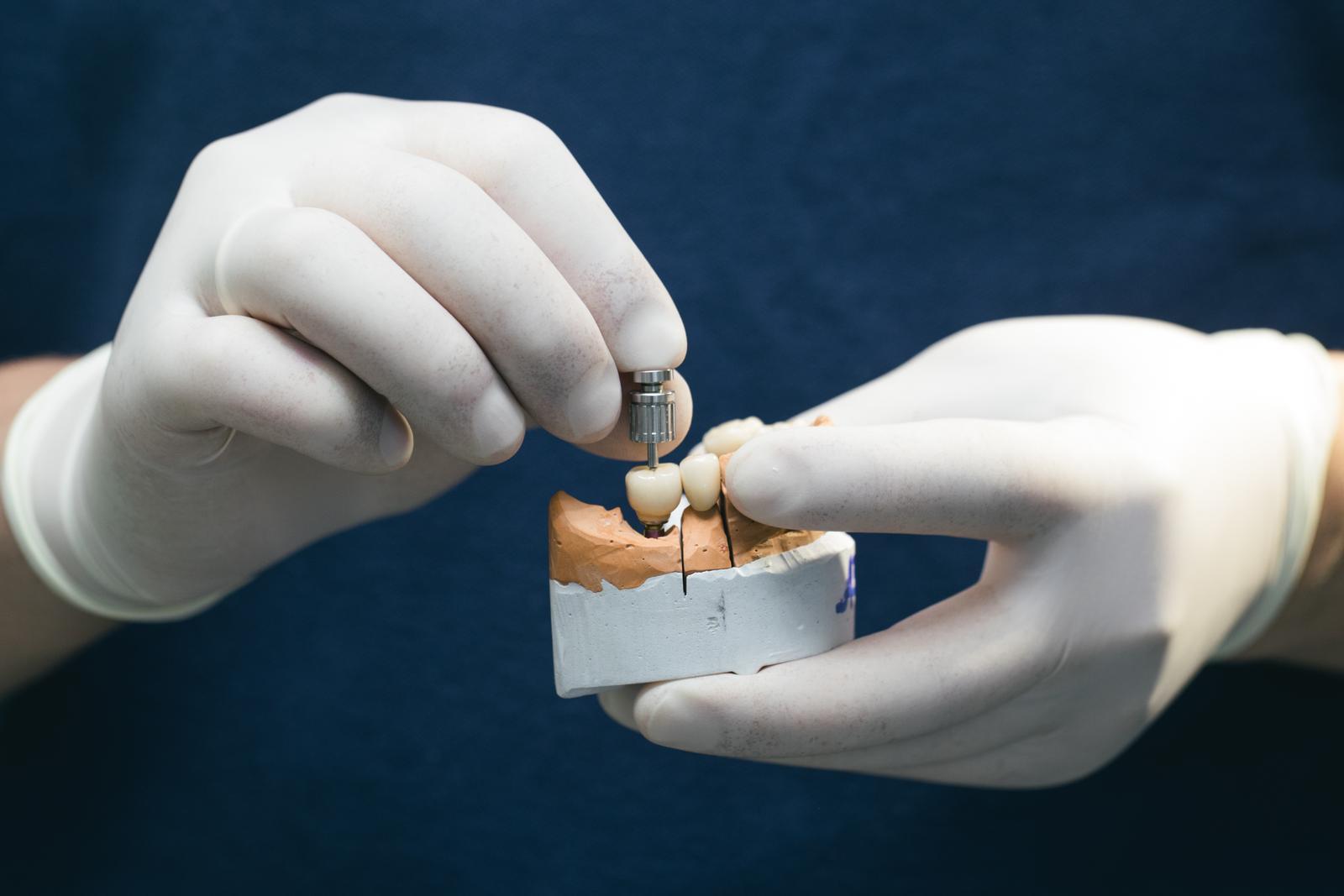Table of Contents

When we think about oral health, our minds typically turn to the daily rituals of brushing and flossing. Yet, despite our best efforts, some dental challenges inevitably require professional intervention.
This is where the expertise of restorative dentistry comes into play. Restorative dentists are the unsung heroes in the world of dental care, dedicated to reviving our smiles, enhancing functionality, and elevating our confidence.
These experts aren’t just fixing teeth; they’re mending our self-esteem and ensuring our smiles aren’t just seen but felt. Let’s take a closer look at the significance of restorative dentistry and how it can help you get your radiant smile back. Just keep reading!
What is Restorative Dentistry?
You might be wondering, what exactly falls under the umbrella of restorative dentistry? Simply put, it’s a specialised field focused on repairing and restoring your teeth and gums to their optimal health and functionality.
This isn’t just about aesthetics; it’s about ensuring your mouth is healthy, fully functional, and looks great too. Imagine a scenario where a tooth is damaged or lost. Not only can this affect how you eat and speak, but it can also impact your self-esteem.
Restorative dentistry comes to the rescue, offering treatments that can fix these issues, making your teeth look and work as if they were never damaged in the first place.
It offers a range of treatments designed to tackle various dental problems. So, if you’re facing dental issues that go beyond the reach of your toothbrush and floss, restorative dentistry could be the solution you’re looking for.
Why is it Important?
Restorative dentistry is more than just fixing teeth; it’s essential for maintaining overall oral health. According to Dr. Andrew Holly, a renowned dentist in Preston, “Restorative dentistry is important not only for aesthetics but for preventing more severe health issues, enhancing both the smile and quality of your life.
This branch of dentistry ensures you can enjoy everyday pleasures like eating and speaking without discomfort, while also preventing minor dental issues from escalating into major concerns.”
Common Services Provided By a Restorative Dentist
Restorative dentists offer a suite of services designed to repair, restore, and rejuvenate your smile. Here’s a look at some of the common services they provide:
Fillings
This is the go-to solution for cavities. Fillings restore teeth after decay has been removed, preventing further damage and restoring tooth function.
Crowns
Crowns are custom-fitted caps placed over a tooth to restore its shape, size, strength, and appearance. They are often used following root canal therapy or to repair broken or worn-down teeth.
Bridges
Dental bridges quite literally bridge the gap created by one or more missing teeth. They’re anchored onto neighbouring teeth to replace the missing ones, restoring the appearance and function of your smile.
Dentures
Whether partial or full, dentures replace missing teeth and are designed to look and function like your natural teeth.
Dental Implants
Considered the gold standard for replacing missing teeth, implants are surgically placed into the jawbone and topped with a crown, offering a durable and natural-looking result.
Root Canal Therapy
This treatment is necessary when the tooth’s nerve is infected or damaged, involving the removal of the nerve and pulp to prevent further damage or infection.
What’s the Recovery Time after a Restorative Dentistry Procedure?
Now that you know some of the services you can get from a restorative dentist, you might be considering going for one of them soon. But one question that might be on your mind – like it is with many people is how soon you will recover from a restorative procedure.
Well, this usually varies depending on the treatment received. Simple fillings or crowns may require only a day or two for any discomfort to subside, while more involved procedures like dental implants or root canals could necessitate a recovery period of a few days to a week.
How to Maintain Oral Health after a Restorative Procedure
After undergoing a restorative dental procedure, maintaining your oral health is crucial to ensure the longevity of the treatment and overall dental well-being. Let’s see some key steps you should follow:
- Follow Post-Procedure Instructions: Adhere strictly to any aftercare guidelines provided by your dentist. This might include dietary restrictions, cleaning techniques, or medication schedules.
- Regular Oral Hygiene: Continue with a robust oral hygiene routine, including brushing twice daily and flossing. Use a toothbrush with soft bristles and fluoride toothpaste to protect your restored teeth and gums.
- Avoid Hard Foods: Initially, it’s wise to steer clear of hard, sticky, or chewy foods that could jeopardize the integrity of dental restorations like crowns or fillings.
- Regular Dental Check-ups: Schedule regular visits to your dentist for check-ups and cleanings. These appointments allow your dentist to monitor the health of your restorative work and address any potential issues early.
- Use Therapeutic Mouthwash: If recommended by your dentist, incorporate an antibacterial mouthwash into your daily routine to help control plaque and reduce the risk of gum disease.
How Is Restorative Dentistry Different From Cosmetic Dentistry?
Restorative dentistry primarily focuses on repairing and restoring teeth and gums to ensure optimal functionality and oral health, addressing issues like decay, damage, or disease.
In contrast, cosmetic dentistry primarily aims to enhance the appearance of the teeth and smile, with treatments like whitening, veneers, or bonding that improve aesthetic appeal but may not always address underlying health issues.
While there is some overlap, with restorative procedures also yielding cosmetic benefits, the primary goal of restorative dentistry is to ensure dental health and function. That makes it different from the aesthetics-focused cosmetic dentistry.

